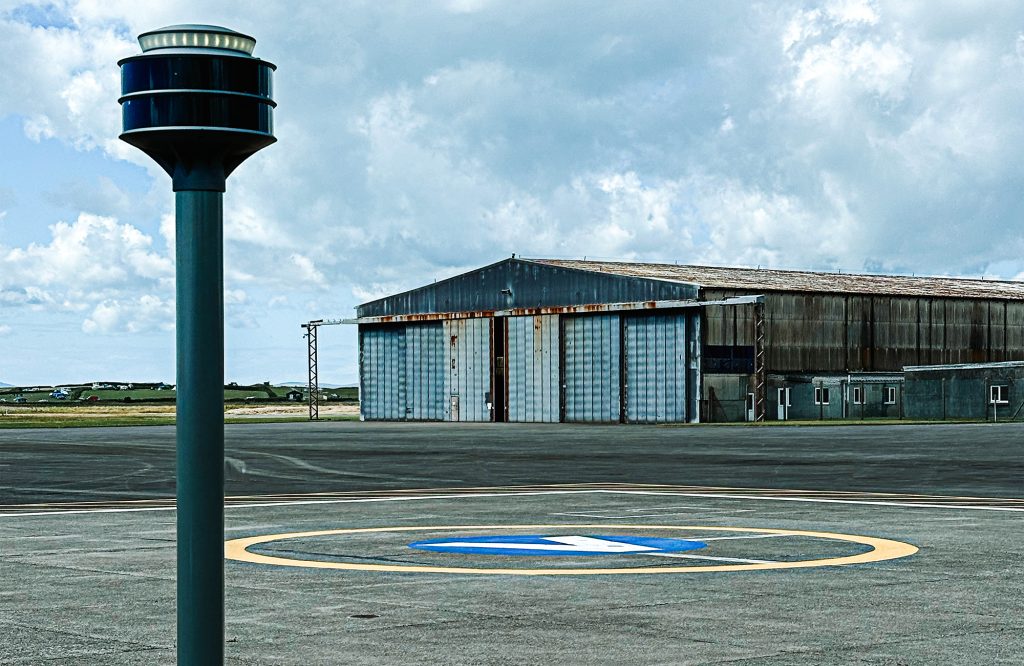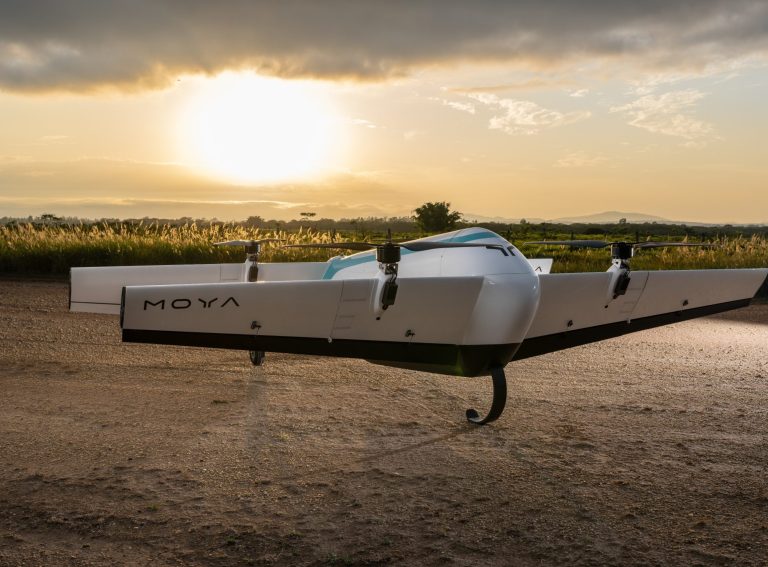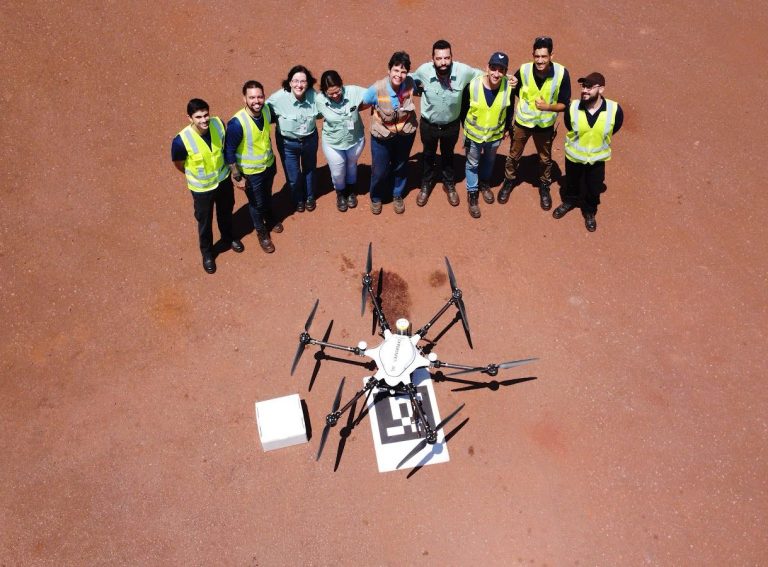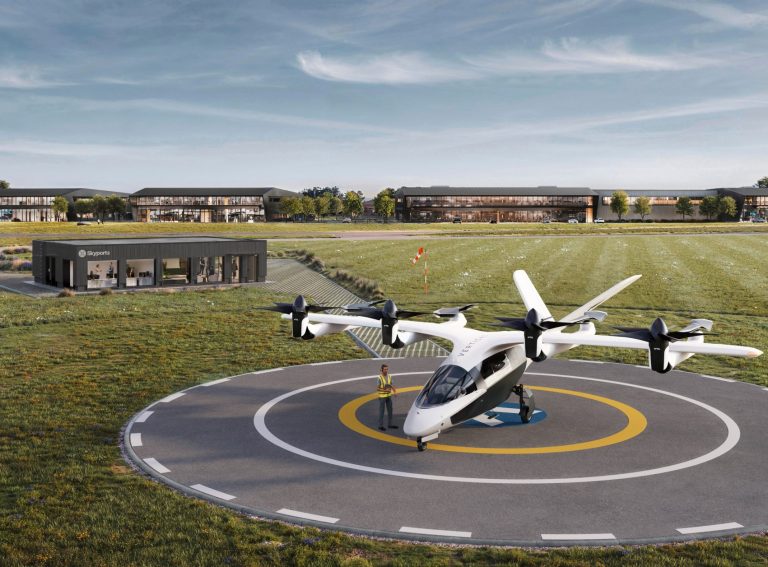SLiNK-TECH is pioneering the automated launch and landing of drones and air-taxis at vertiports.
Leading the charge is CEO John Goudie who has spent the last 15 years in avionics, electronics and system design. He’s worked on commercial jets, military projects and even high-altitude drones when Facebook was planning on using them to beam internet access to remote parts of the world.
“I decided to start an advanced air mobility company after many years on the vehicle side because I saw a huge market for infrastructure and was confident I could lead the type of engineers needed to support these drone and air-taxi networks.”
Zag Daily: Can you tell us what your PORTAL solution is at SLiNK-TECH?
John: “Sure, since 2018 we’ve developed an advanced vertiport solution called PORTAL which enables drones and air-taxis to launch and land autonomously with minimal infrastructure at any location. This can be for both temporary use cases or as permanent infrastructure deployments.”
Zag Daily: How are you able to automate this without the need for local pilots?
John: “Our air-traffic control infrastructure has an advanced sensor and operational control system that scans the air, scans the ground and commands vehicles to land. The technology makes intelligent decisions based on risk profiles, ground intrusions, availability, and it can make decisions on the fly to allow a number of drones to land in an area, such as at a hospital or hotel. When we created our concept, the whole point was to develop a way to protect the people on the ground and the people in the air from any risks associated with these flight operations. Today we can convert any location into a highly automated vertiport.”
Zag Daily: So if I own a drone can you walk me through what your technology does from launch to landing?
John: “Yes, so first it’s important to say that we don’t own any vertiports. We’re selling our solution directly to landowners who want vertiport infrastructure. The analogy is that we’re helping build the bus stops and then we integrate and work with an Unmanned Traffic Management (UTM) service provider who are the people building the motorways in the sky. So, we have to work alongside a company that builds the middle section.
“When the drone is flown from a vertiport, our technology connects to the vehicles for pre-flight checks and automated scheduling, calculating a suitable departure flight plan for the full end-to-end mission. Once the drone is in the sky, we can provide status updates about when they can land at the vertiport, what the availability of resources are and provide flight paths that support safe landings. When the drone approaches the vertiport for landing it connects to PORTAL air-traffic control to receive trajectory guidance, accurate navigational aid and uninterrupted situational awareness.”

Zag Daily: Has the technology been certified yet?
John: “We’ve been testing this system for over three years now, and we’re making advancements on it while engaging with working groups and standards committees. No one’s certifying any vertiports yet, I think that’s a key point. But to enable this market to take-off we must create a low cost vertiport solution to allow the industry to scale without having to put people everywhere. We need to reduce the reliance on pilots at these sites otherwise these networks might not be commercially viable. That’s what PORTAL enables – an operator to work remotely and to manage sites safely and effectively wherever they are.”
Zag Daily: You say you’ve been testing this for three years. What are some of your biggest learnings in the test period?
John: “I think the key learning or key enabler of our learnings for us has been having a great test site to trial our solution at Snowdonia Aerospace Centre. They have the location and facilities available to test these experimental drones and eVTOLs and we have the technology that allows companies to come and test. They can get third party data that’s been verified by our system. They can run standardised test plans. They can get ahead of the game on operational testing. A lot of industry focus is on getting the vehicle just to fly safely, but it’s also important to test the operational system as a whole end-to-end mission.”
Zag Daily: What would you say has been your biggest milestone achievement to date?
John: “The biggest achievement for me has been launching what we believe is the UK’s first vertiport testbed in Snowdonia. We have a 22.5 by 22.5 metre landing area that’s been covered and controlled by our PORTAL management system. We have a series of continued tests over the next six months and are always looking for more vehicles to try. We’ve had two drone operators so far at the site, and we’re looking to get more and more drone operators involved in the PORTAL ecosystem moving forward, and Snowdonia is the best place to do it. With their permanent danger area, we can get an operator in there quickly testing with our vertiport.”
Zag Daily: Who is one person you’d like to spotlight that you feel is fast tracking the development of AAM?
John: “I’d like to shout out the entire team at the Future Flight Challenge. They’ve set up the challenge, and have collated a great cohort of companies who have been really innovating. It’s been good to see them supporting UK SMEs in a huge growth market, and really helping set companies like ourselves up to support selling this technology, not just to the UK, but globally.”




